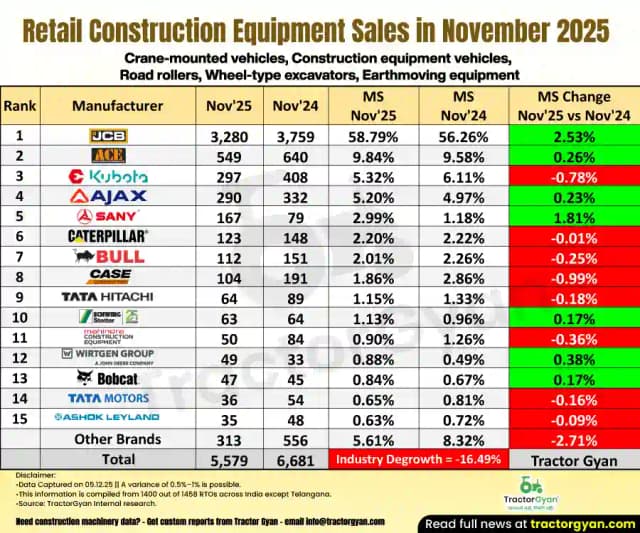Aeroponic Farming: The Future of Soil-Free Agriculture
Table of Content
Are you a farmer wanting to learn about the next big wave in agriculture? You have landed at the right place, as today we’re going to talk about aeroponic farming. Aimed to promote soil-free agriculture, aeroponic farming is seen as the future of farming. So, let’s learn it in detail.
A Quick Introduction to Aeroponic Farming
Aeroponic farming is a type of farming where plants or crops are grown without any soil. The roots are suspended in the air, and nutrient-rich water is sprayed on them periodically so that plants get essential minerals for their growth.
It’s a type of hydroponic farming. But, instead of water, roots are suspended and have direct access to oxygen. Hence, the plant’s growth is faster. Due to its ability to reduce resources and promote sustainability, aeroponic farming has gained immense popularity among Indian and global farmers.
How Aeroponic Farming Works
Now, let’s understand how aeroponic farming works. Here is the breakdown for easy understanding.
- Plants are held in place with the help of containers or specially designed structures. These containers will have space or openings for roots to grow freely. These containers are often made from lightweight materials such as plastics or foams, and also have a reservoir to collect the excess nutrients.
- Once plants are suspended, a fine mist containing water and important nutrients is sprayed directly on the roots. The timings and durations of spyringing cycles are fully controlled. This helps plants receive everything that they need for their optimized growth.
- The container is kept in a fully enclosed environment so that ideal humidity and temperature are maintained and contamination is prevented.
Types of Aeroponic Systems
Aerospnic systems are of various types and kinds to suit various scales and needs.
For instance, farmers have:
- High-pressure aeroponics (HPA) delivers a fine mist of nutrients at high pressure. Due to the high pressure, the nutrient mist reaches directly at the plant roots directly for better absorption.
- Low-Pressure Aeroponics (LPA) uses lower pressure to spray the nutrient mist. Due to this, the water droplets are larger and penetration is less as compared to high-pressure Aeroponics.
- Ultrasonic Fogger Aeroponics is a high-end type of aeroponics that uses ultrasonic waves to spray the nutrient mists. Instead of spraying, this system creates a fine fog that surrounds the roots and ensures even nutrient distribution.
- Rotary Aeroponics uses a rotary cylinder to spray the mist periodically. It is ideal for maximizing the space.
Advantages and Disadvantages of Aeroponic Farming
Before farmers start thinking about using aeroponic farming, they must learn about the pros and cons of this farming type.
Advantages of Aeroponic Farming
As aeroponics uses less water, compared to soil-based farming, it promotes water conservation.
- Plant growth is faster, and the yield is of high quality as plants get optimal oxygen and nutrients.
- In aeroponic farming, containers can be placed vertically, allowing farmers to grow a large number of plants in a smaller area. One can start aeroponic farming on their terrace and even on a balcony. Hence, it makes farming feasible for everyone.
- As soil is not used, it reduces the probability of soil-borne diseases in plants.
Despite these impressive advantages, aeroponic farming isn’t flawless and has some evident downsides.
Disadvantages of Aeroponic Farming
- The initial investment is high compared to traditional farming methods.
- Aeroponic farming relies on types of equipment such as pumps, timers, and sprayers. So, if any of this equipment fails or has any technical issues, the process will be disrupted.
- It requires a great understanding to understand the ideal spraying process and quantity. If spraying is not proper, the exposed roots will dry out very quickly, leading to losses.
How to Set Up an Aeroponic Farm: A General Guide
Have thoughts about starting with aeroponic farming? Here is how you can set up a farm.
- Start by determining the scale of your operations, the type of plants you want to grow, and the available space.
- Based on your state, you might require some kind of license to start your aeroponic farm.
- Gather all the necessary components, such as a pump, a sprayer, a timer, growing chambers, reservoirs, and so on.
- Select a space with fully controlled temperature, humidity, and light. If you don’t have such space, you have to build it from scratch using grow lights and ventilation systems.
- Step up the growth chamber, irrigation system, and lighting system for your farm.
- Prepare a growth medium for the farm. It should be made from a porous material and should be extremely lightweight.
- Fill the growth medium with growing media. Make sure that the growing media is according to the crop you’re growing.
- Plant your crop in the growth chamber.
- Prepare the growth solution and spray it in an adequate quantity and at a regular.
- Regularly monitor the plants for growth, health, and any signs of nutrient deficiencies or other issues.
Setting Up Aeroponic Farming at Home
As mentioned above, you can start aeroponic farming on your rooftop or even on your balcony. For this:
- You need to purchase an aeroponic farming kit as per your space and budget. You can also set-up the chamber from scratch. But it requires more skills.
- Install the spraying mechanism.
- Plant your seedlings.
- Regularly check the water level and plant growth. Try to maintain pH levels between 5.5 and 6.5 for optimal growth.
Difference Between Aeroponic Farming and Hydroponic Farming
Farmers often get confused between aeroponic and hydroponic farming. While they both are soil-free farming methods, they are not the same. Here are the key differences between them.
| Aerosonic Farming | Hydroponic Farming |
| Roots are suspended in the air, and nutrient-rich mist is sprayed on the roots. | Roots are submerged in the nutrient-rich water. |
| Consumes less water | Requires more water as compared to aeroponic farming |
| Set-up is complex and requires a variety of equipment | Set-up is simple with fewer equipment |
| The initial investment cost is higher | Requires less initial investment |
| Requires less space | Requires more space |
Future of Aeroponic Farming
Aeroponic farming is playing a significant role in the future of food production. At a global level, aerobic farming is becoming more common in urban areas. Seeing the growing demand, we’re likely to see advanced and ready-to-deploy aeroponis systems with automation.
Conclusion
Aeroponic farming is a progressive farming approach, promoting sustainability and increasing yield while cutting down the farming cost in the long run. So, give it a try.
Aeroponic farming represents a significant leap forward in agricultural technology, offering a sustainable and efficient way to produce food. Its potential to address the challenges of food security, water scarcity, and environmental impact is immense.
Why Tractor Gyan?
At Tractor Gyan, farmers get to know about the latest farming inventions and technologies. The platform brings the latest updates for farmers to keep them informed. In addition, it’s one of India’s most trusted online marketplaces for farmers, providing information related to the latest tractor models, tractor prices, farm equipment, and so on.
Category
Read More Blogs
ट्रैक्टर के टायर उसकी परफॉर्मेंस में बहुत ही अहम भूमिका निभाते हैं। यदि टायर जल्दी घिस जाएं या खराब हो जाएं, तो खेती में मुश्किलें आ सकती हैं। लेकिन सही देखभाल और कुछ आसान टिप्स अपनाकर आप अपने ट्रैक्टर टायर की...
The well-known tractor brand Mahindra regularly provides strong and effective tractors, redefining farming methods. Mahindra's 4WD tractor range is among the most reliable machinery for completing agricultural tasks on challenging terrain. With more grip and better traction, these 4WD Mahindra tractors significantly...
Mr. Ramganesh Iyer has been appointed as the new Chief Operating Officer (COO) of Mahindra Finance. He will resume his new position on April 10, 2025.
Mr. Iyer has over twenty years of experience in the financial services sector, having worked in...
Write Your Comment About Aeroponic Farming: The Future of Soil-Free Agriculture
.webp&w=1920&q=75)
Top searching blogs about Tractors and Agriculture
30 Jul 2025
30 Jul 2025
29 Jul 2025
08 Sep 2025
03 Jul 2025
30 Jul 2025
30 Jul 2025
30 Jul 2025
29 Jul 2025
30 Jul 2025
29 Sep 2025
31 Jul 2025
30 Jul 2025
31 Jul 2025









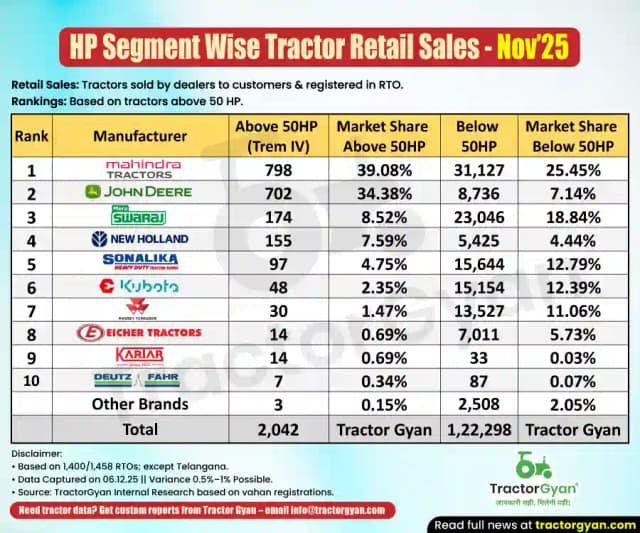

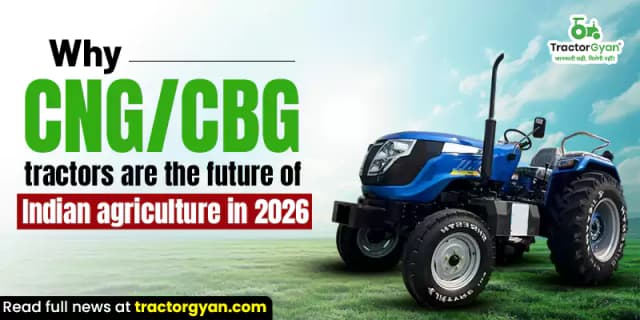

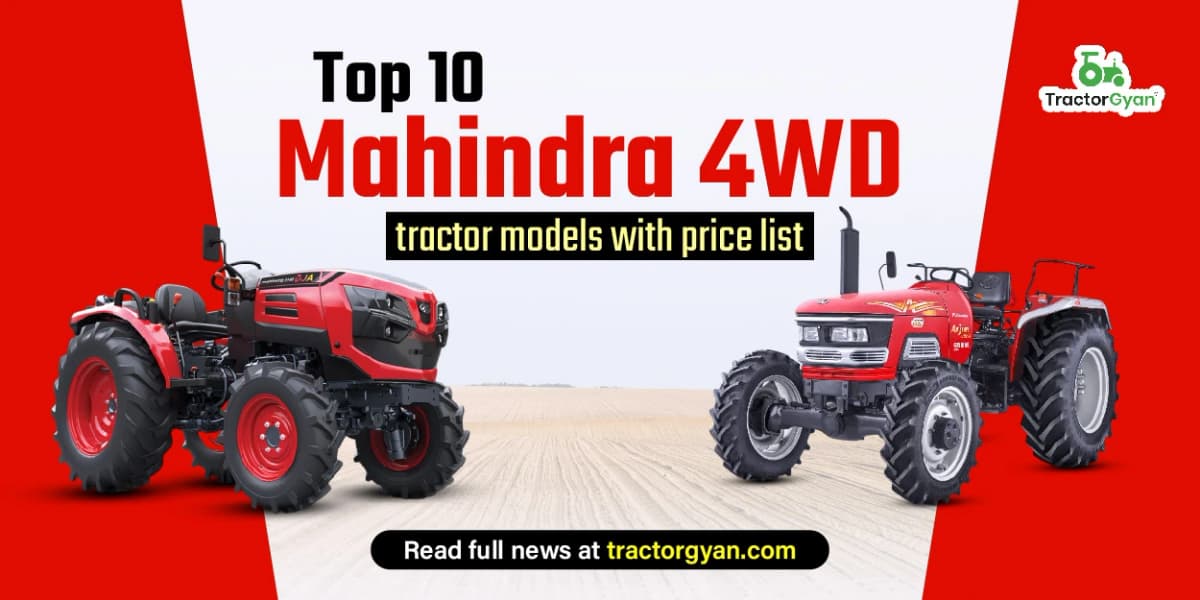

.webp&w=2048&q=75)
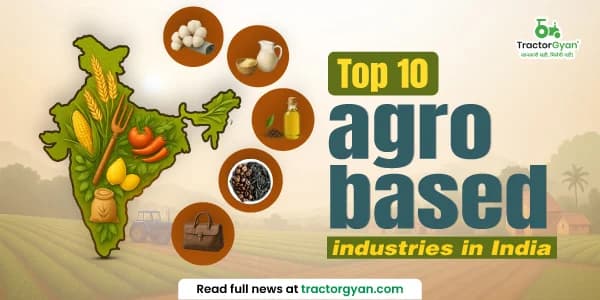
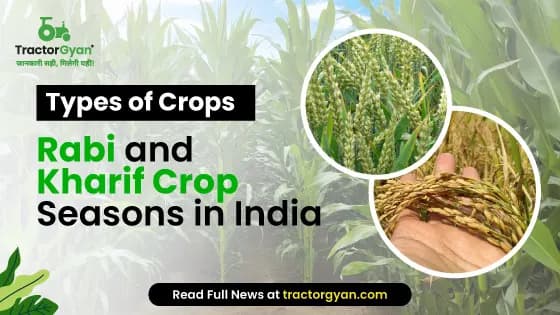
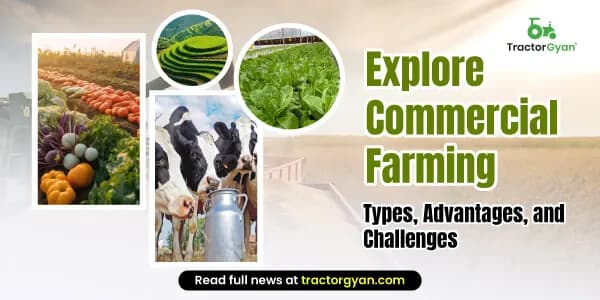

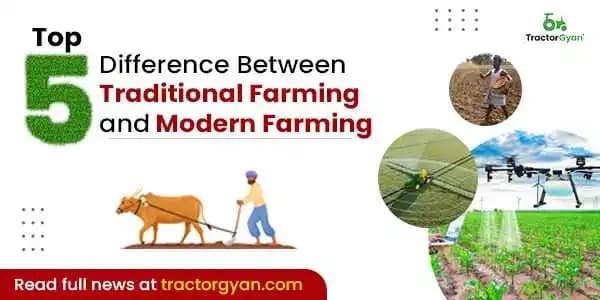





.webp&w=2048&q=75)
.webp&w=2048&q=75)







